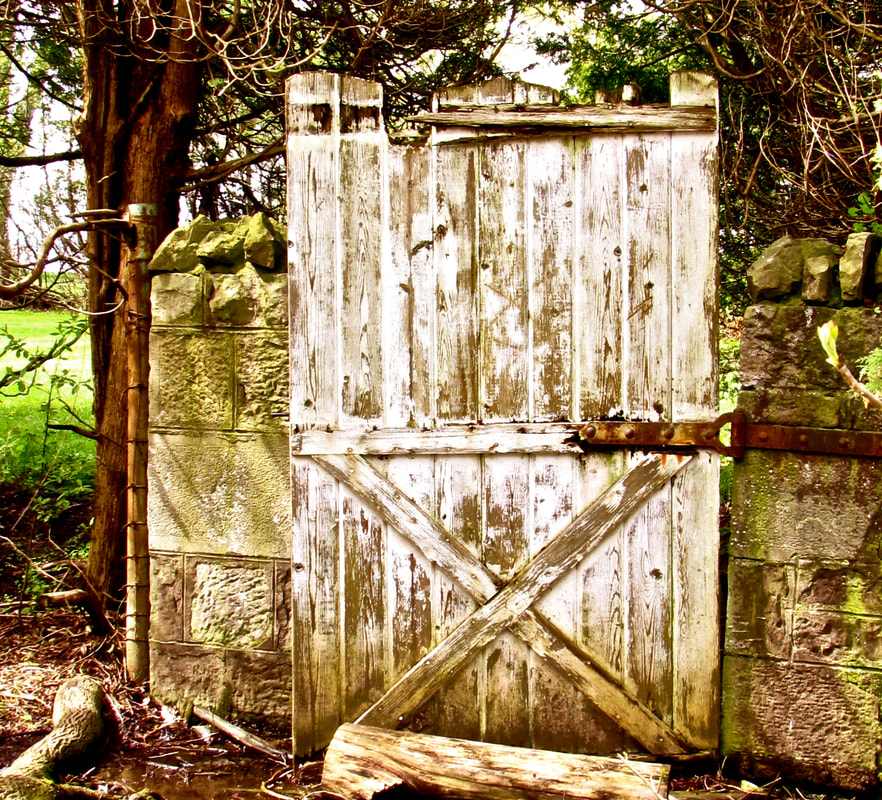Every so often the defoliators’ boom/bust cycle peaks and terrifies those of us who love trees and in particular, the old slow-growing ones like our beloved 30 metre butternut. This giant feeds and shelters a multitude (even bats, in a box Jon built for me many Christmases ago), but when the cankerworms struck, it was stripped bare in a few days. These “white walnuts” are so rare and endangered as to be a protected species. And irreplaceable, at least in human years; as the saying goes, you plant poplars for yourself, but walnut trees for your grandchildren.
So when this, our most precious tree, was among the throng of trees vociferously attacked, our hearts dropped — especially when we realized that gypsy moth caterpillars would hatch just in time to eat the second set of leaves. Trees rarely survive 100% defoliation, let alone the loss of those leaves which are intended for next year. We’ve done what we can: Ontario was sold out of Tanglefoot; we found some in The States and drove down to pick it up. We have set up both sticky and burlap barriers on the trunks. Every day we go out and murder the unhappy caterpillars we find there.
The whole process painfully reminds us how the presence of old trees so enriches our lives. Our rescue efforts may not work. We pray that they will.
I have no paintings of our butternut. While huge, it sits quietly in the back corner of the property, visible only above the surrounding red oaks and sugar maples. This small study of another beloved tree will have to stand in it for it. Sitting at a bend on one of our favourite rivers, this sugar maple beckons us on in all weather. We have paddled towards it both in high winds laced with sleet and on sizzling blue-skied days. I am now even more grateful than usual for its reassuring presence.
Perhaps our butternut can be saved by the love we feel for it; I understand that it worked for Tinkerbell.


 RSS Feed
RSS Feed
